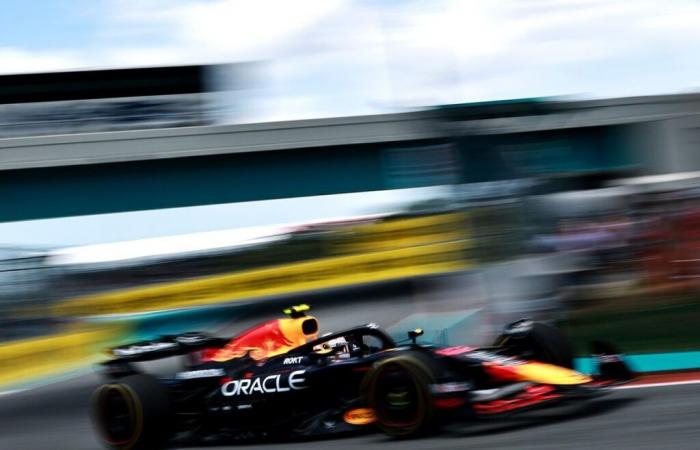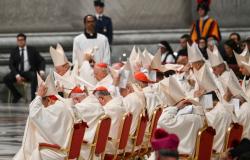The director of the Red Bull team, Christian Horner He believes that “it is worth considering” a proposal to change the distribution of energy of the power units of Formula 1 by 2026warning of possible problems in certain races next year.
Horner’s words arrive after the F1 commission meeting, where the teams met with the FIA and the FOM last week to help draw the future direction of the World Cup, with discussions to find the best way to eliminate some of the problems created by the rules that will enter into force in 2026.
When the teams began to study the regulation in their simulators, there was the concern that, with the greatest dependence on the electrical components, the pilots could not regenerate enough energy in a lap and would be forced to raise their foot in the longest straight lines.
It was believed that this would dissipate with development, but Horner said that a solution had not been found and added that the other manufacturers agreed, although the head of Mercedes, Mercedes, Toto wolffHe had previously said that any reduction in the deployment of electricity would be “a joke.”
Therefore, FIA has submitted a proposal to modify energy distributionin which a lower deployment of electrical power is evaluated in the races or a more progressive increase in the electrical energy available in acceleration to ensure that the batteries are not emptied as soon.
“You have to put the current regulation in order,” Horner told Sky. “And for what the FIA has put on the table, I think they have finally taken a good look at the rules. They are seeing that next year there could be a lot of standing uprisings during the course of a grand prize, and obviously that will go crazy to the pilots.”
Christian Horner, Red Bull Racing
Foto: Sam Bagnall / Motorsport Images
“Obviously, the car will not have the DRS, so there will not be the overtaking effect. So they presented a proposal in which we would leave all the technical specifications equal, but We would reduce battery energy in the race to have an push-to-pass“.
“I think it makes sense, and I think that in the broader panorama of Formula 1, I think it is worth considering. It does not change the specification, it does not change the maximum power of these engines, it is only focused on the deployment during the race,” he added.
The 2026 regulation already establishes that an effective “push-to-pass” system that will act as a DRS substitute to allow pilots to have more power. `So Horner seems to be suggesting that the maximum power level increases whether total stroke figures are reduced.
If the proposal is not accepted, according to Horner there would be a “Lift-And-Coasting”even in classification laps, to ensure that cars have the right power level for a longer time.
“A supermayoria is needed* [para cambiar las normas]but I think sometimes you have to look for the interest of sport. And I think we all believe we have good power units for next year. What we want to avoid is that in some races next year there are standing uprisings even in the classification. “
“Having it in such a degree in the race, particularly in certain circuits, will be particularly bad. I think it is worth studying because it will surely be a factor to take into account. And without DRS next year, with very little aerodynamic load in the lines while trying to recharge the batteries, would it be bad to have a push-to-pass?”.
“We had these discussions two years ago. In fact, to be fair to the other manufacturers, they agreed that it is too much energy to recover,” he concluded.
*A “Supermayoria” for regulatory changes is a majority of 28 votes. The delegates of the F1 and the FIA have 10 votes each, while each team has a vote each.






